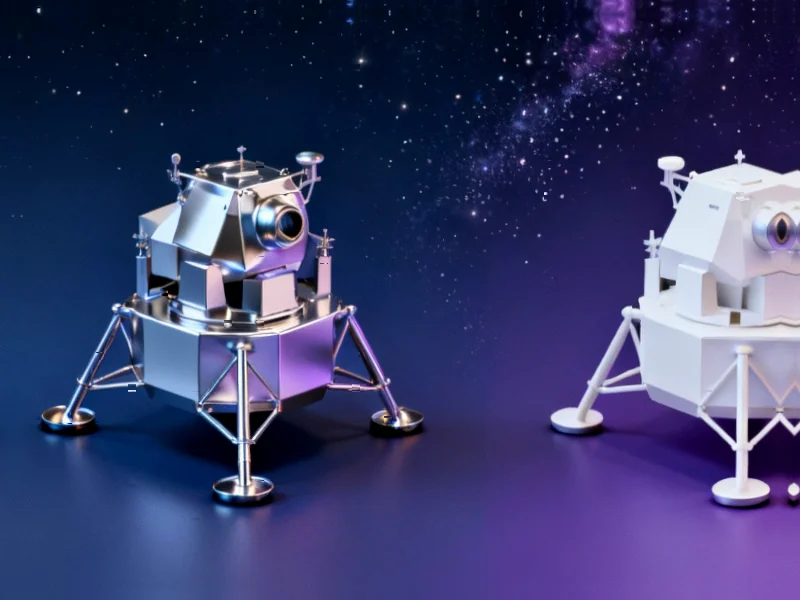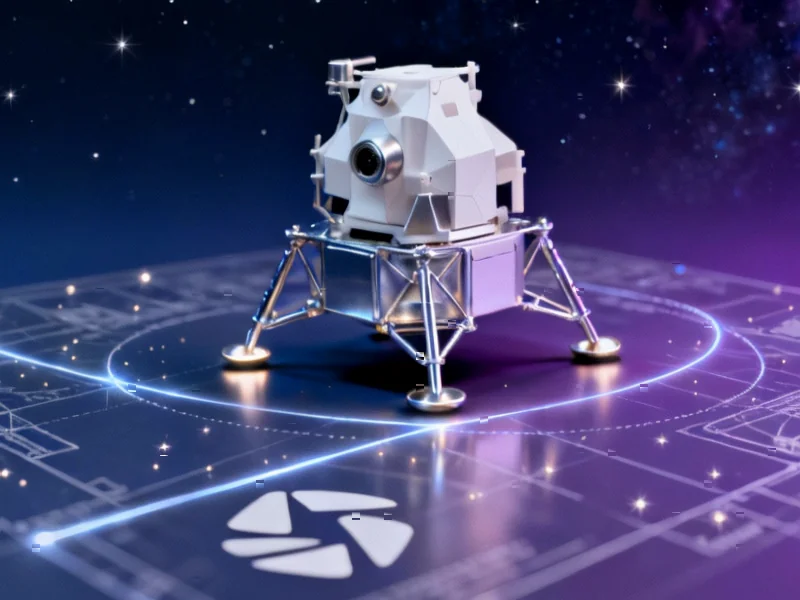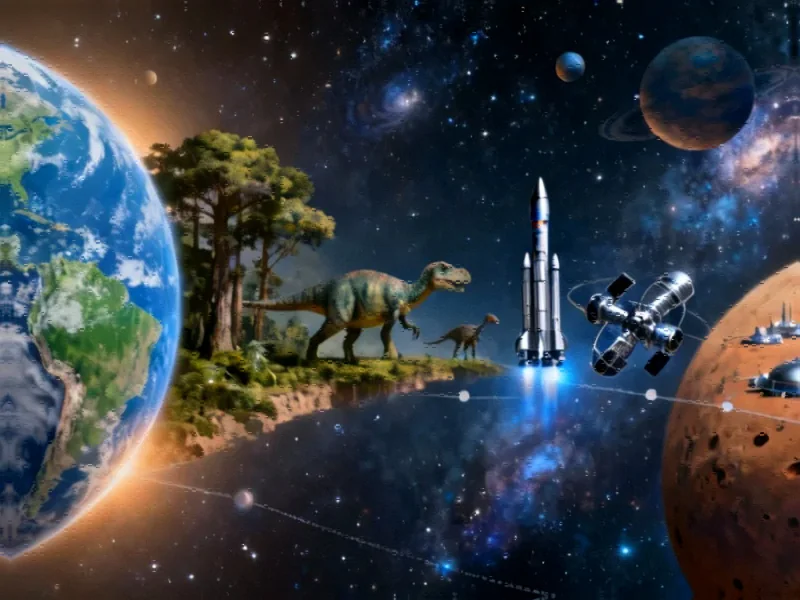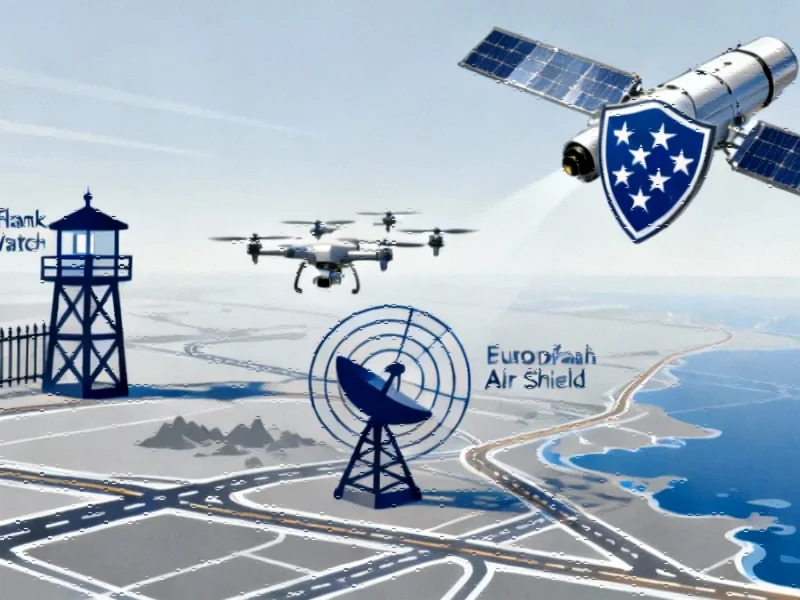NASA Expands Moon Lander Competition
NASA is reportedly opening its Artemis III Human Landing System contract to additional competitors beyond SpaceX, according to statements from acting NASA administrator Sean Duffy. The aerospace agency aims to use increased competition to accelerate the United States’ return to the Moon amid growing concerns about schedule delays and international competition with China.
Table of Contents
Administrator Cites Schedule Concerns
“The problem is [SpaceX is] behind. They pushed their timelines out and we are in a race against China,” Duffy stated in an interview with CNBC. Sources indicate the acting administrator emphasized that “the president and I want to get to the Moon in this president’s term, so I am going to open up the contract. I am going to let other space companies compete with SpaceX, like Blue Origin.”
Analysts suggest this represents a significant shift in NASA’s approach to the Artemis program. The agency previously awarded SpaceX a firm-fixed price, milestone-based contract worth $2.89 billion in 2021 to use a specialized version of its Starship launch vehicle for lunar landings.
Complex Mission Architecture
The Artemis III mission, currently planned for mid-2027, involves a complex sequence of operations, according to NASA’s mission documentation. The mission would begin with Boeing’s Space Launch System and Lockheed Martin’s Orion crew capsule launching four astronauts to lunar orbit. Two crewmembers would then transfer to the Human Landing System for descent to the lunar south pole, where they would conduct an approximately 6.5-day surface mission.
SpaceX’s proposed architecture requires multiple technological demonstrations that have yet to be completed. The report states that SpaceX must launch a storage depot to low Earth orbit and demonstrate orbital refueling capabilities. “A series of reusable tankers will carry propellant to the storage depot to fuel the human landing system,” NASA explains in its mission documentation.
Technical Challenges and Competitor Readiness
SpaceX continues developing and testing its Starship vehicle, which has experienced several high-profile testing failures including explosions that have set back the program timeline. Prior to Artemis III, NASA requires SpaceX to fly at least one uncrewed demonstration mission that lands its Starship HLS on the lunar surface., according to recent research
Meanwhile, Blue Origin is scheduled to fly its Mark I lunar lander prototype early next year, according to reports. The company’s HLS-class Mark II spacecraft also features complex mission architecture designed for refueling in lunar orbit.
Industry Reaction and Timeline Pressure
Responding to Duffy’s comments on social media platform X.com, SpaceX CEO Elon Musk dismissed concerns about competition. “Blue Origin has never delivered a [useful] payload to orbit, let alone the Moon,” Musk wrote. “SpaceX is moving like lightning compared to the rest of the space industry.”
The acting NASA administrator indicated openness to contracting two companies to carry astronauts to the Moon by 2028, suggesting the agency wants to ensure multiple options are available. This expansion of competition comes as NASA faces increasing pressure to maintain American leadership in space exploration amid China’s growing lunar ambitions.
NASA describes Artemis III as “one of the most complex undertakings of engineering and human ingenuity in the history of deep space exploration to date,” highlighting the significant technical challenges facing all potential providers in meeting the accelerated timeline.
Related Articles You May Find Interesting
- Building Trustworthy AI: How Unlikely AI Aims to Solve Enterprise Adoption Chall
- European Startup Secures Seed Funding for Multi-Orbit 5G Satellite Modem Develop
- EU Set to Exempt Small Farmers from Deforestation Regulations Amid Implementatio
- UK Fiscal Deficit Reaches Five-Year Peak Amid Budget Preparations
- Nexos.ai Secures €30M to Bridge Enterprise AI Adoption Gap with Security-First P
References & Further Reading
This article draws from multiple authoritative sources. For more information, please consult:
- http://en.wikipedia.org/wiki/Artemis_3
- http://en.wikipedia.org/wiki/Astronaut
- http://en.wikipedia.org/wiki/NASA
- http://en.wikipedia.org/wiki/SpaceX
- http://en.wikipedia.org/wiki/Moon
This article aggregates information from publicly available sources. All trademarks and copyrights belong to their respective owners.
Note: Featured image is for illustrative purposes only and does not represent any specific product, service, or entity mentioned in this article.



